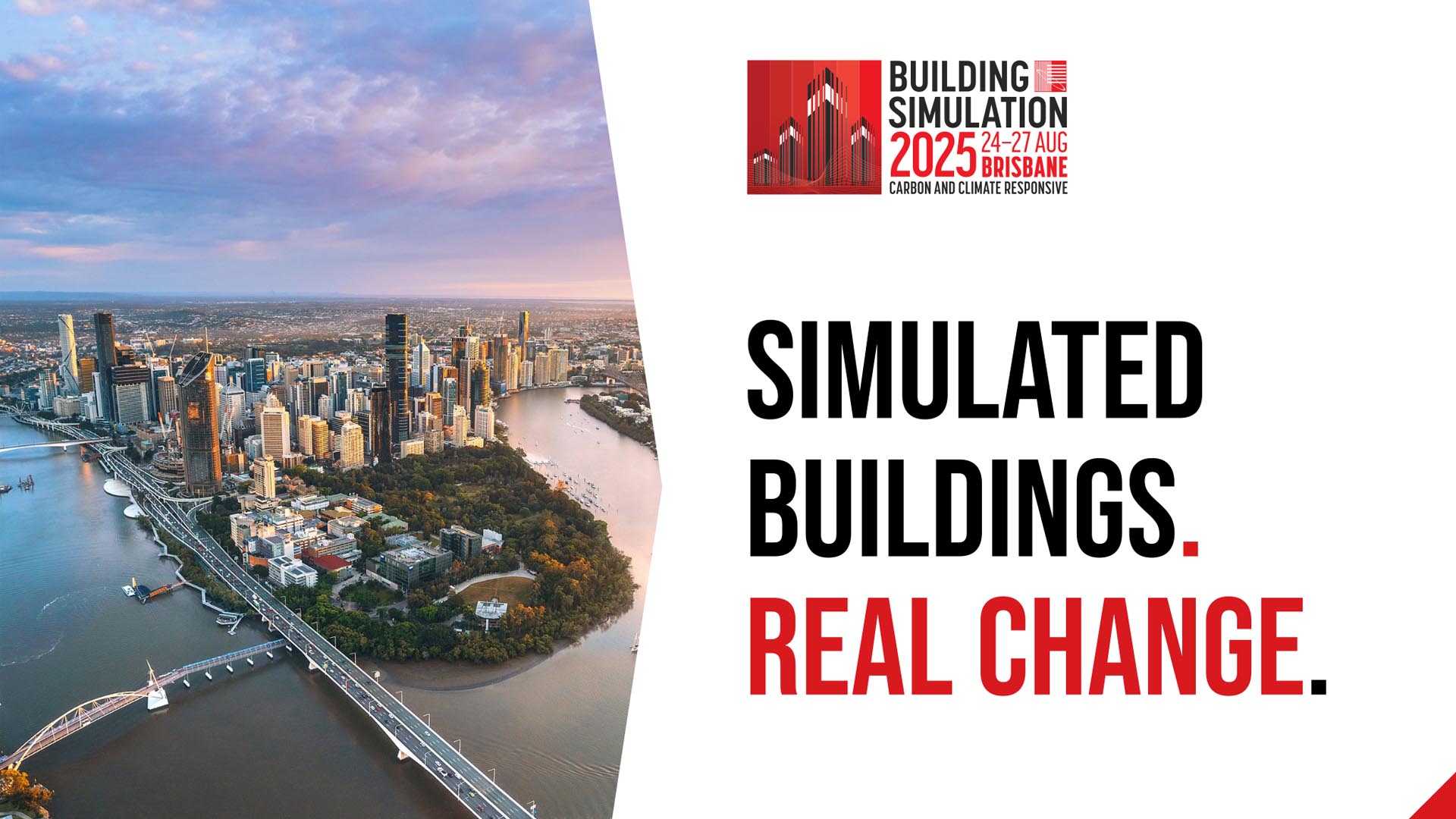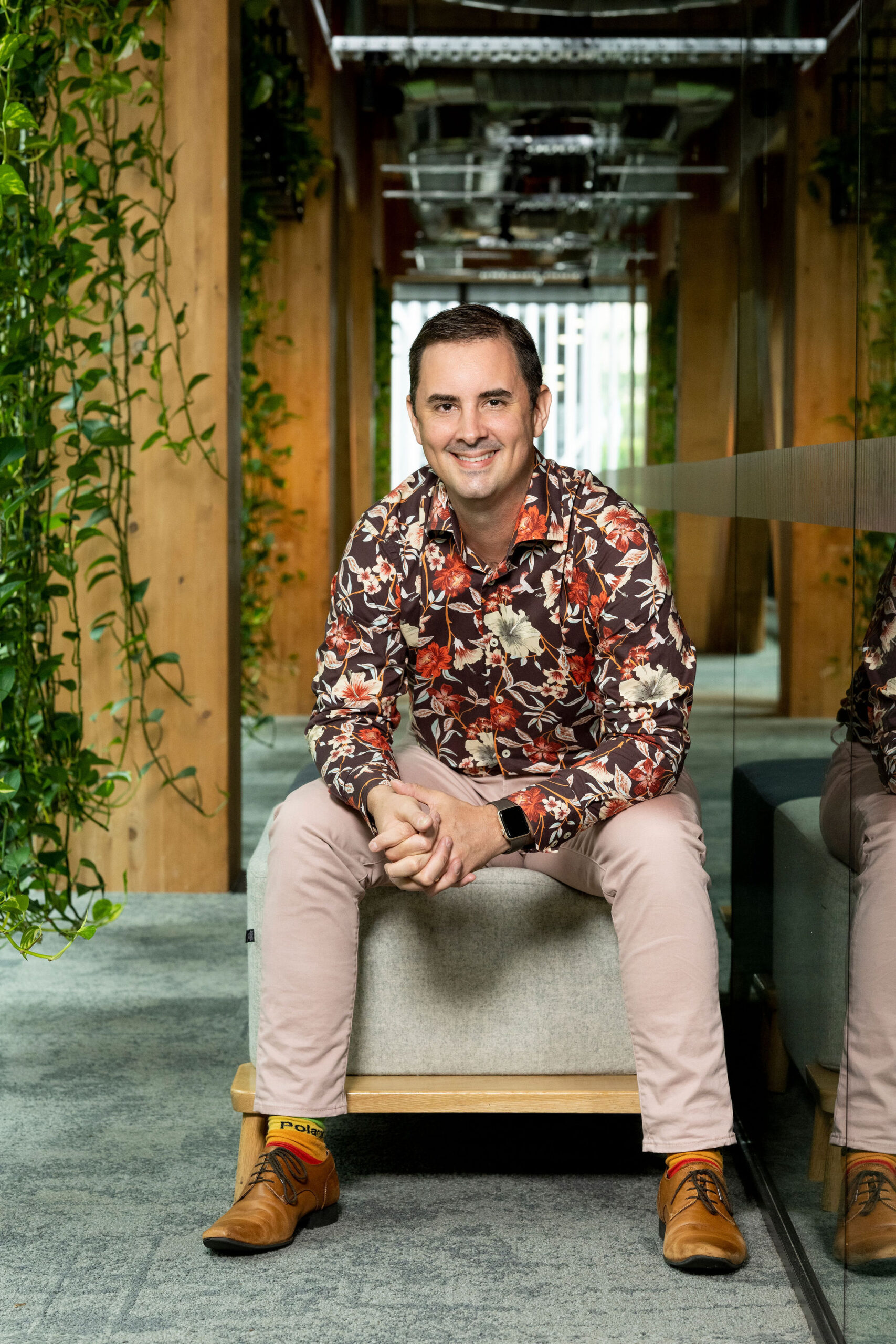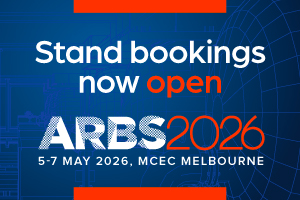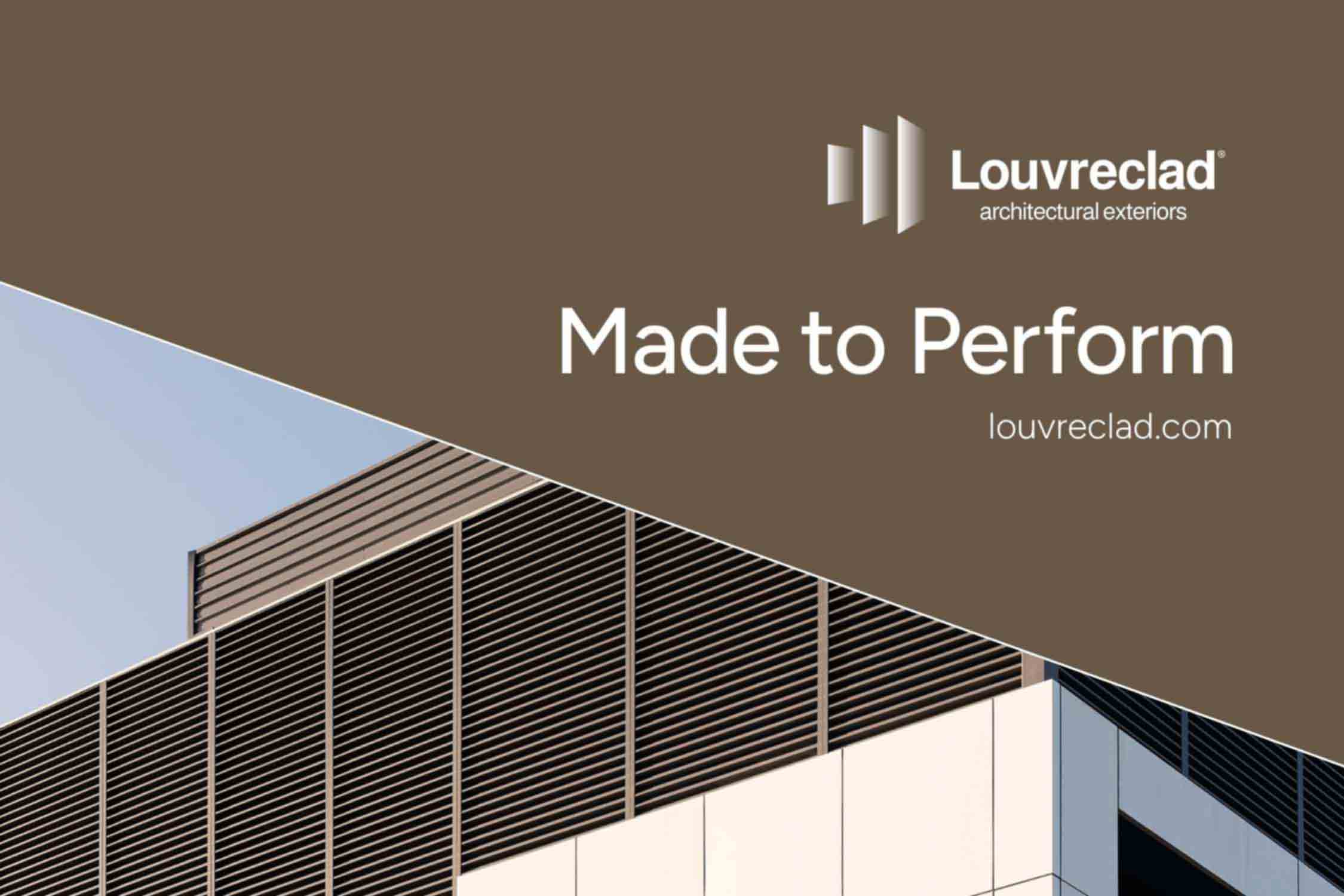The world gears up for Building Simulation 2025
A much-anticipated international event focusing on simulation and sustainability in the built environment is set to take place in Brisbane from August 24–27 – the Building Simulation Conference.

With its tagline of “carbon and climate responsive”, the event will unite hundreds of people from around the world to explore how building performance simulation can help achieve net zero energy and carbon both now and in the future.
Building Simulation 2025 is being hosted by the Australasian Affiliate of the International Building Performance Simulation Association (IBPSA Australasia) and AIRAH. We caught up with Atelier Ten Associate Director Priya Gandhi, M.AIRAH, and Aurecon Principal, Sustainability Quentin Jackson, M.AIRAH, – members of both host organisations and also of the organising committee – ahead of the big event.
What is the Building Simulation Conference all about?
Priya: It’s a bi-annual conference to bring together global experts in simulation and technology for improving the built environment, and increasingly infrastructure, cities and places.
While it is a technical conference with a strong academic presence, in Australia we are very industry-oriented, so we have placed a deliberate focus on simulation contributing to climate action. When we put out the call for abstracts, we asked the submissions to explain how the research connected to something that was advancing climate action. We really want to strengthen the connection between research outcomes and real-world applications, in both directions.
Quentin: Research can only inform the industry if it is in the public domain – not hidden in a university thesis. The work may even provide the world with new thinking as a catalyst for change, and this conference is a way to present this new thinking. We can use the research for something in the real world that effects change.
Also, given the work being presented at the conference is blind reviewed by a scientific panel, it stands up to scrutiny. In the sustainability space, it can sometimes be hard to discern what data is real and can therefore be reliably used in the design of our assets, so it’s important that the work is verifiable. People can say, “Yes, we can use this information”.
Who will get value out of attending Building Simulation 2025?
Priya: If you work in the built environment and are interested in analysis or use any analytical system, there’s going to be something for you.
Researchers, students and academics are going to get a lot out of it in terms of the high-calibre technical content, and the connections they’ll be able to make with others in the field around the world will definitely be a big advantage.
Industry professionals can see what’s happening in the simulation world – even things that aren’t maybe ready for immediate deployment. It’s always important to see what’s coming up. For folks who work in sustainability, there are always new things on the horizon and it’s really helpful on that front.


Between academia and industry, the learning goes both ways – there’s also the opportunity for academics to get a sense of what questions we are grappling with on a bigger scale, and whether there are solutions being researched right now that can help us solve the problems we’re tackling in the industry.
Quentin: The people who are going to be there are the creators of information and the users of information.
The users will gain an understanding of what information is out there, its reliability and how they might use it in their designs. For the creators, it is a chance to share their knowledge and also have their work interrogated by peers to validate it in an open forum.
As well as a strong technical program, the conference highlights the importance of themes such as communication. Can you tell us about that?
Priya: This is probably one of the first times that there will be keynotes that aren’t building simulation experts. We are excited to be hosting a science-communication expert to talk about effective communication – because you can design the most energy-efficient building the planet has ever seen, but if you can’t communicate that vision, the planet will never see it.
From my own personal experience, after engineering school I did my master’s in architectural building science within the faculty of architecture. The pedagogy and communication styles were so different from engineering – even with my very technical research and coursework. The way I communicated differently in these two different contexts really opened my eyes to how critical it is to meet your audience (or client) where they are. I mean, I love a spreadsheet, but obviously I’m not going to show a spreadsheet to a client.
Quentin: If consultants in the industry like Priya and I (who are involved in the design of buildings and infrastructure) aren’t using data, then it doesn’t go anywhere and we potentially don’t move forward.
That’s why we’ve got keynotes like Associate Professor Jen Martin speaking about communication, and Winitha Bonney OAM speaking about building your own brand. We want to give people the opportunity to learn how to share their knowledge in a way that is easily digestible.
What are you most excited about in the conference?
Priya: We’re going to be featuring NABERS quite significantly. In Australia, we all know how successful NABERS has been, and it’s recently expanded in a very meaningful way to the UK.
I’m really excited about that because I think it’s pretty cool to have Australia as such a leader in this space. Sometimes it’s not about the innovation – it doesn’t have to be the best new system or software – but it’s actually a process. Part of our goal with this conference is making that connection and making that impact.
Quentin: At these conferences you always get some people who are either behind us or ahead of us in their approach to sustainable buildings and infrastructure. And in both scenarios, someone’s going to learn something.
There are parts of the world to whom we could pass on a lot of knowledge and lessons learned, enabling them to start from an already advanced position. This would enable them to effect change a lot faster than we might have been able to (as we had to learn all the lessons as we went). And at the same time there’ll be someone who makes us go, “That’s forward thinking. How do we take that on?”
I’m also excited for the students who attend the conference. I started studying architecture at university, then as time went by fell into more of a science career because I had the right mentors to guide me. Some of these people I met at this very conference 20 years ago – hopefully someone attending this year can do the same.
Hopefully this conference will foster some new students’ careers. It might make them say, “I really want to go this way and have an impact”.


Priya: Also, there’s so much bad news around sustainability lately, just the political climates and decisions that have happened around the world. It can be hard working in this space, because how you can do it and not feel personally invested? It’s the world that you live in and where all your friends and family are.
This kind of conference can help remind you why you do this, and that there are great folks out there doing really amazing things. It can help inject you with hope – replacing despair with what Christiana Figueres calls “stubborn optimism”.
Register for Building Simulation 2025
Registration for Building Simulation 2025 is open now.
For more information and to buy your tickets, visit the Building Simulation 2025 site.
PREV
NEXT
Comments
Advertisements
Recent news
- 2025 AIRAH National Awards: Louvreclad wins Excellence in Innovation – Best New Product
- 2025 AIRAH National Awards: Woolworths Group wins both Excellence in Refrigeration and Excellence in Innovation
- 2025 AIRAH National Awards: A.G. Coombs wins Excellence in HVAC – Best Retrofit Project
Latest events
- 2025 AIRAH National Awards: Louvreclad wins Excellence in Innovation – Best New Product
- 2025 AIRAH National Awards: Woolworths Group wins both Excellence in Refrigeration and Excellence in Innovation
- 2025 AIRAH National Awards: A.G. Coombs wins Excellence in HVAC – Best Retrofit Project
 Mark Vender
Mark Vender

Leave a Reply